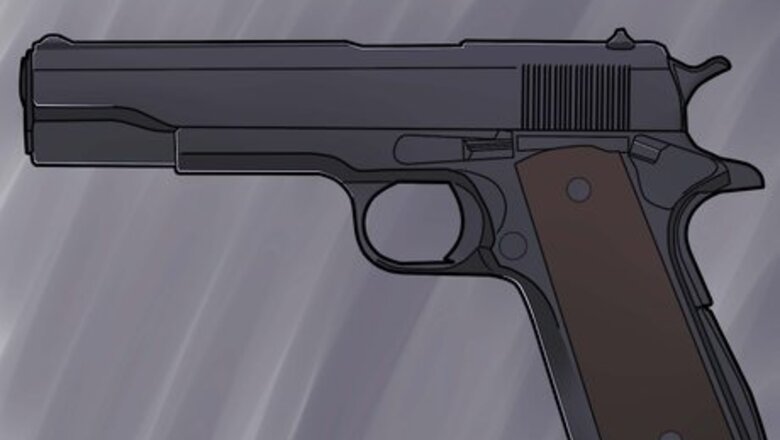
views
Point-shooting has a very applicable place even for those who do not directly advocate it. Ultra-close combat situations, where the target is within arm's reach, sighted shooting has no place.
The Basics
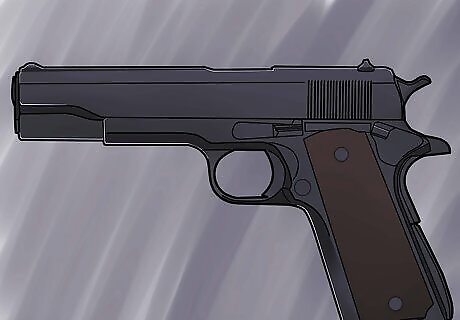
Choose a pistol that fits you well, and has the attributes you want in a sidearm. Determine basic point-shoot capabilities of the gun. With an unloaded gun, close your eyes and point the gun in a safe direction with your finger next to the trigger, but not on it, at a makeshift target. Imagine pointing the barrel of the gun directly at the target. Open your eyes — the sights should be lined up exactly where you wanted it. At five yards, it should be no more than a couple inches off center-target. If the handgun is pointing high or low, this can be compensated for with practice. For example, almost everyone who has never used a Glock before has a high point-shoot location by 6–10 inches (15.2–25.4 cm) at five yards. But with practice, you will find that you can compensate for that quickly. If you then pick up a better-fit gun, you will find that it will point low. If the point is too far off, you might want to consider a different handgun. Side-to-side point-shoot inaccuracy may be a matter of grip or design of the pistol. You may need to try a rubber grip, different back strap, or larger or smaller pistol.
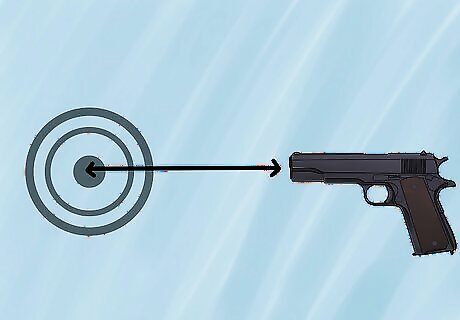
Use point-shooting only at very close range, as the best known "tactically minded" shooters strongly encourage flash sighting beyond a couple yards. But there is no sense in not trying to hone every skill in your bag of tricks.
Drills
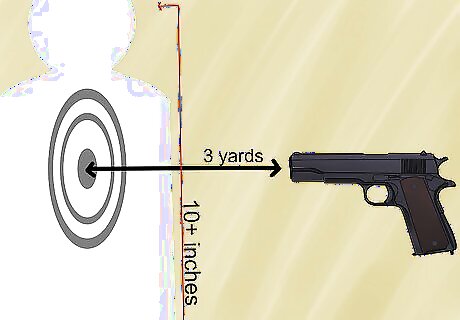
Position yourself 3-yards away from a large (10+ inch) target. In a lowered gun stance (safe-carry position), pull your gun up, as quickly as possible, to firing position and fire multiple shots into the target. Do not use your sights! This drill is to get you less dependent on your sights. It may take quite a few tries, but you will find you eventually can place that bullet near the center of your target every time. The key is to try to perform it quickly, but try to take just enough time to allow the momentum of your arms and gun to slow as you get to the target. Attempt to stretch your abilities by increasing the distance to the target, or decreasing the time you have to fire. Try to get good hits. A slow hit is always better than a fast miss.
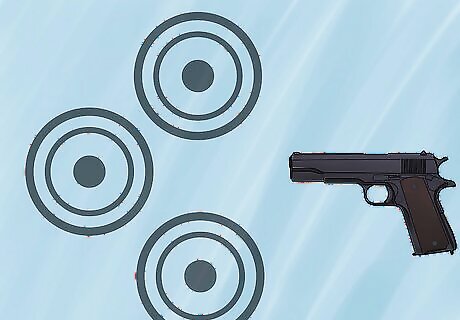
Practice with multiple targets. You want to start by setting up three or more targets a yard or two apart. Quick to firing position and go down the line. One shot at each target. Change it up: fire a burst at each target; maybe try in a different order; have a friend tell you which one to shoot ("one!", "three!", etc.), but the key thing to be sure of is that you hit your target; once you are sure you can hit your target every time, try to accelerate your pace. Try it from the close contact position at 3- then 5-yards. See how quickly you can change between targets and how many bullets land in "good hit" zones.
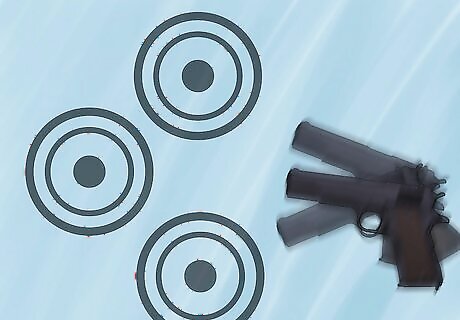
Practice while moving. While moving, you should still be able to hit targets at 5-yards. Set up three or more targets a few yards apart from each other. Start about 15–18 yards (13.7–16.5 m) back. Run up to about 5-yards (from your first target) while drawing your gun to firing position. Fire a two-shot burst, side-step to engage the next target, and so on. Each time you run the course, try to do it faster; try not to pause when shooting, but remember that doing so will likely make you much more accurate. Try drawing when 3- or 5-yards away from the first target. Once you have landed good hits on the first target sidestep and move down the line of targets.

















Comments
0 comment